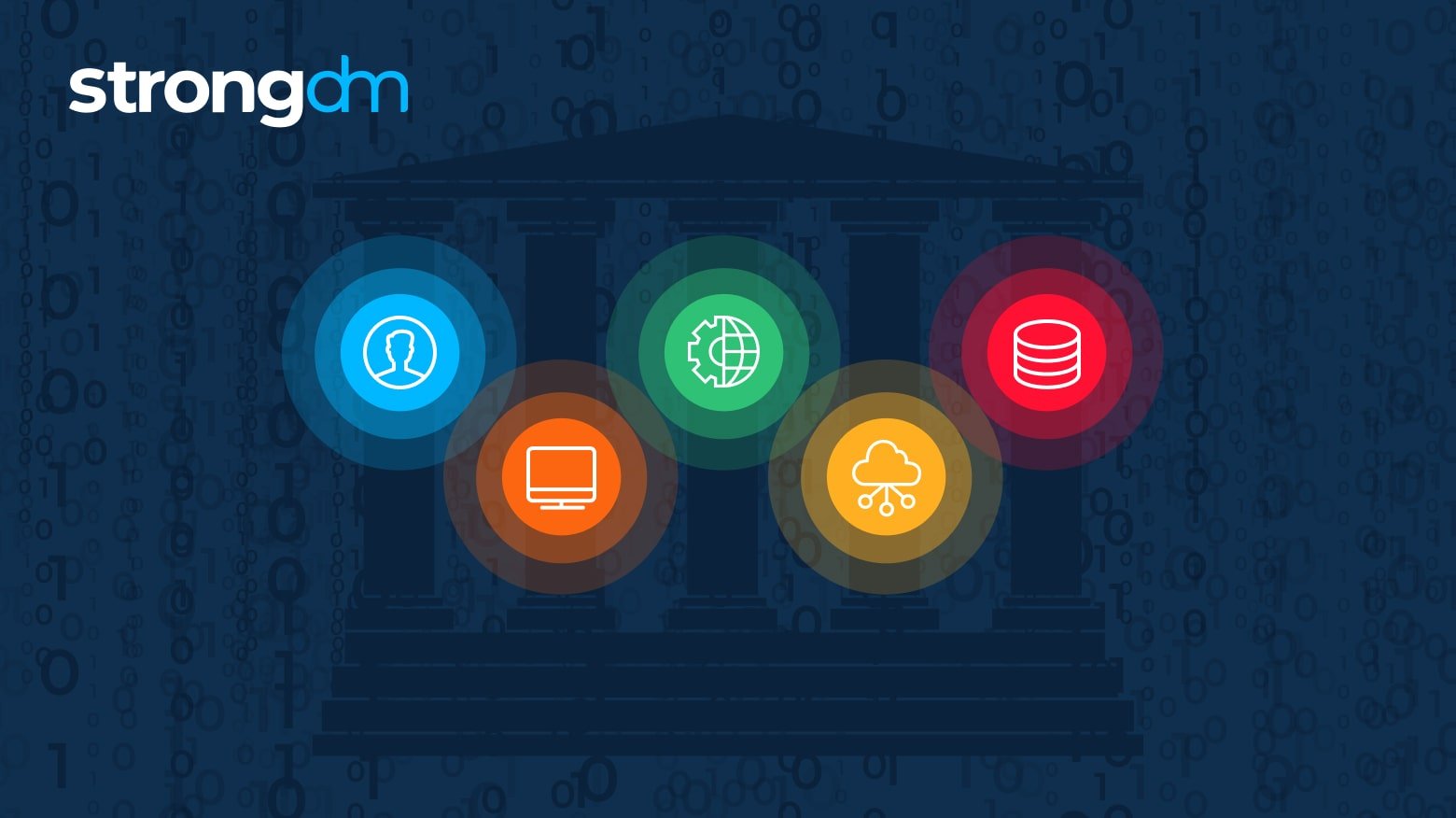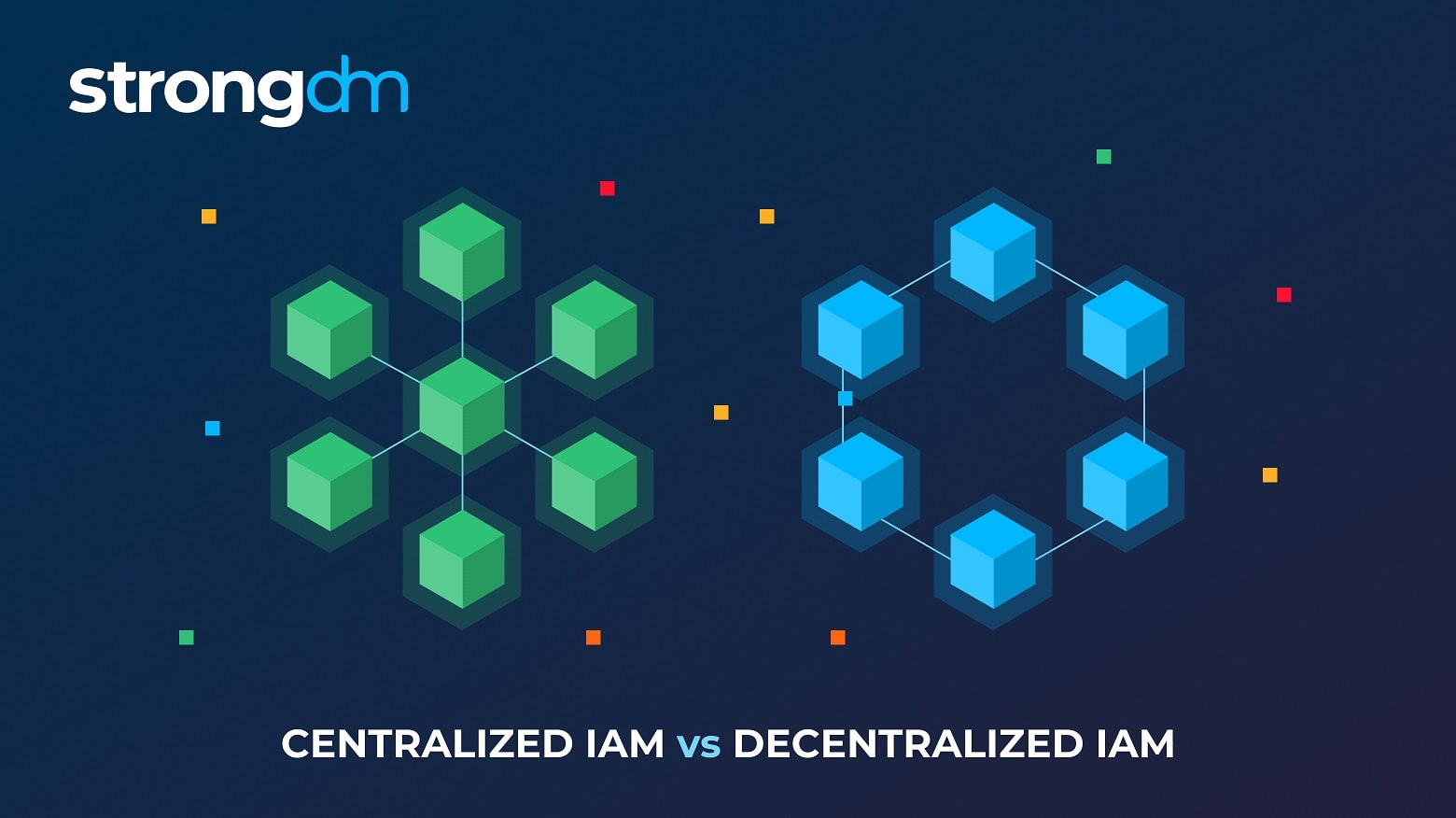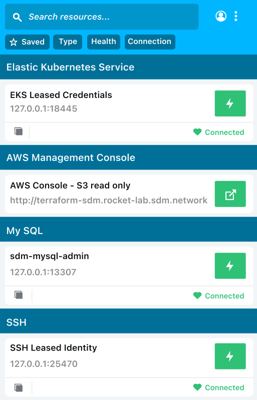If you were in a scouting group as a kid, nothing was more exciting than getting a new badge to sew on your uniform as a reward for your hard work. At StrongDM, we’re constantly working to improve our identity and access management and privileged access management solution, and the results are in from the peer reviews at G2.
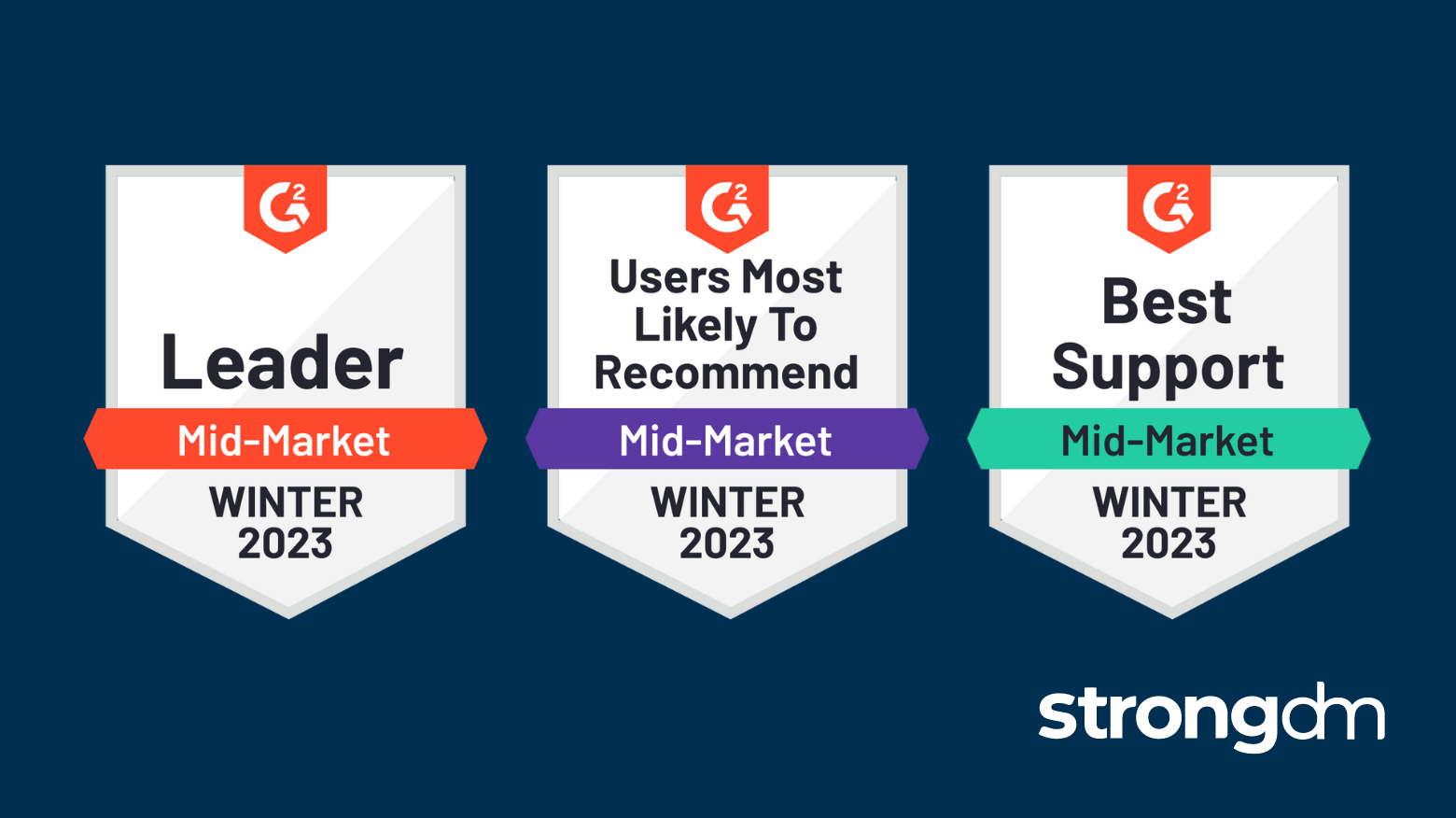
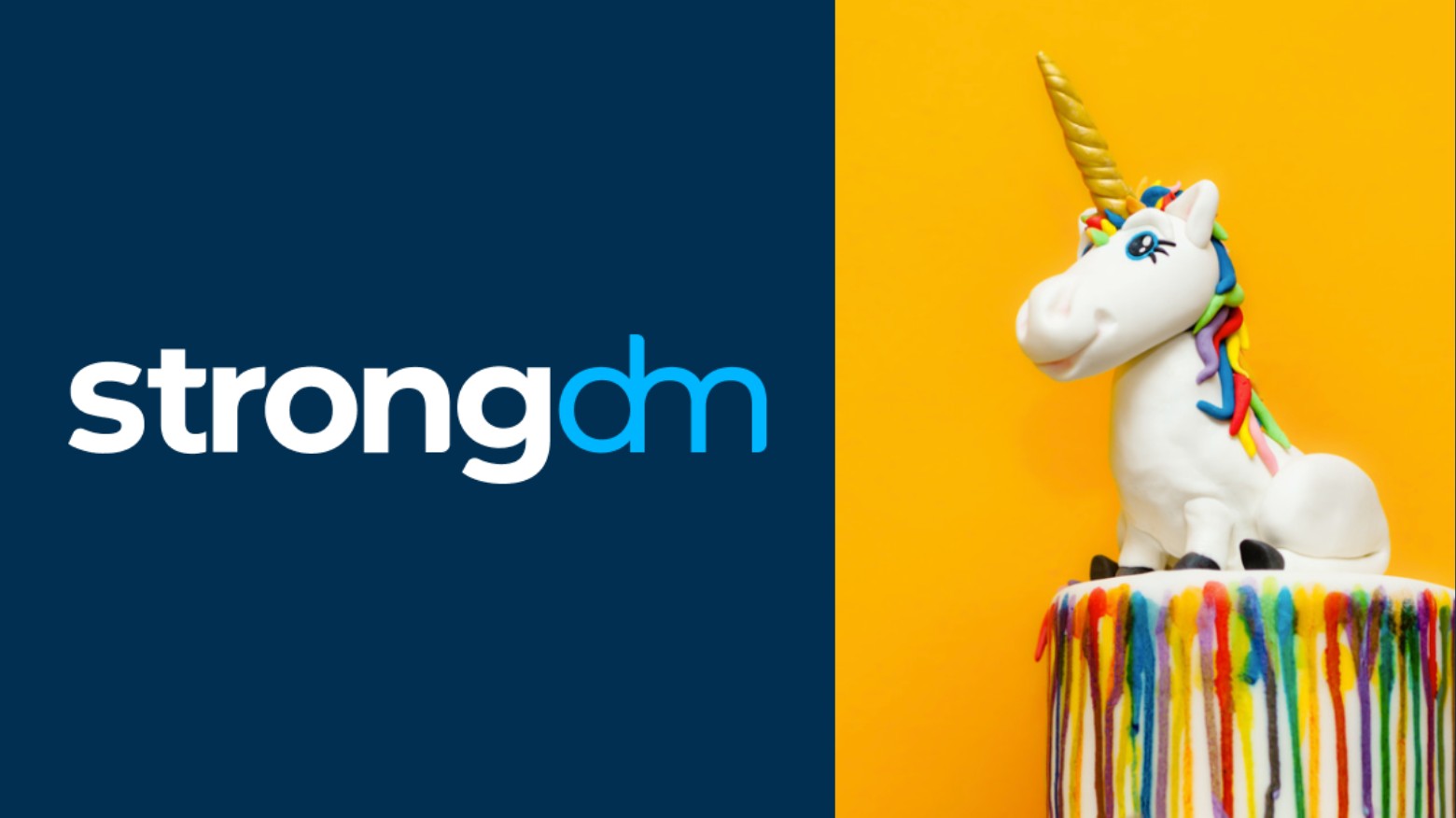

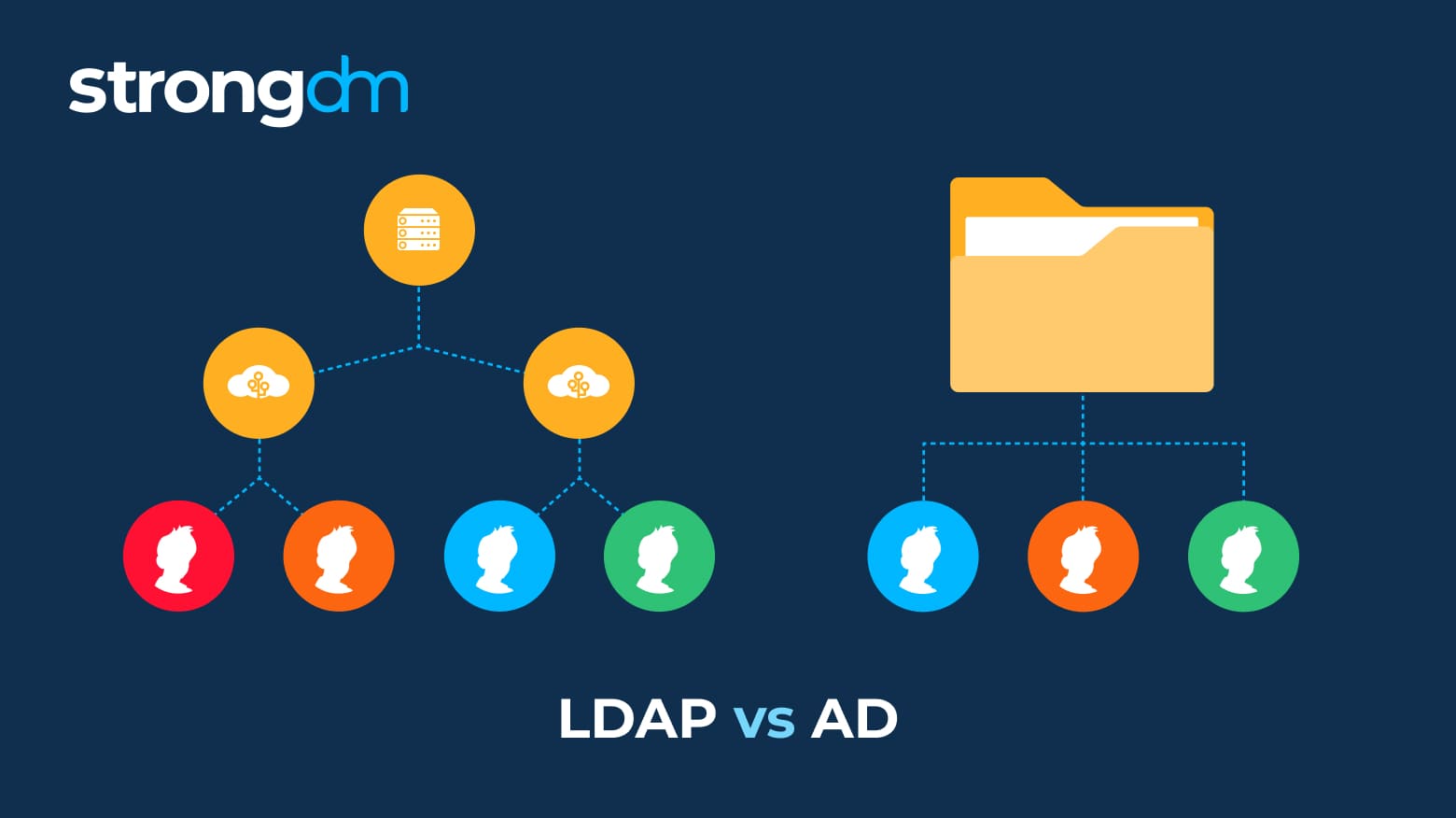

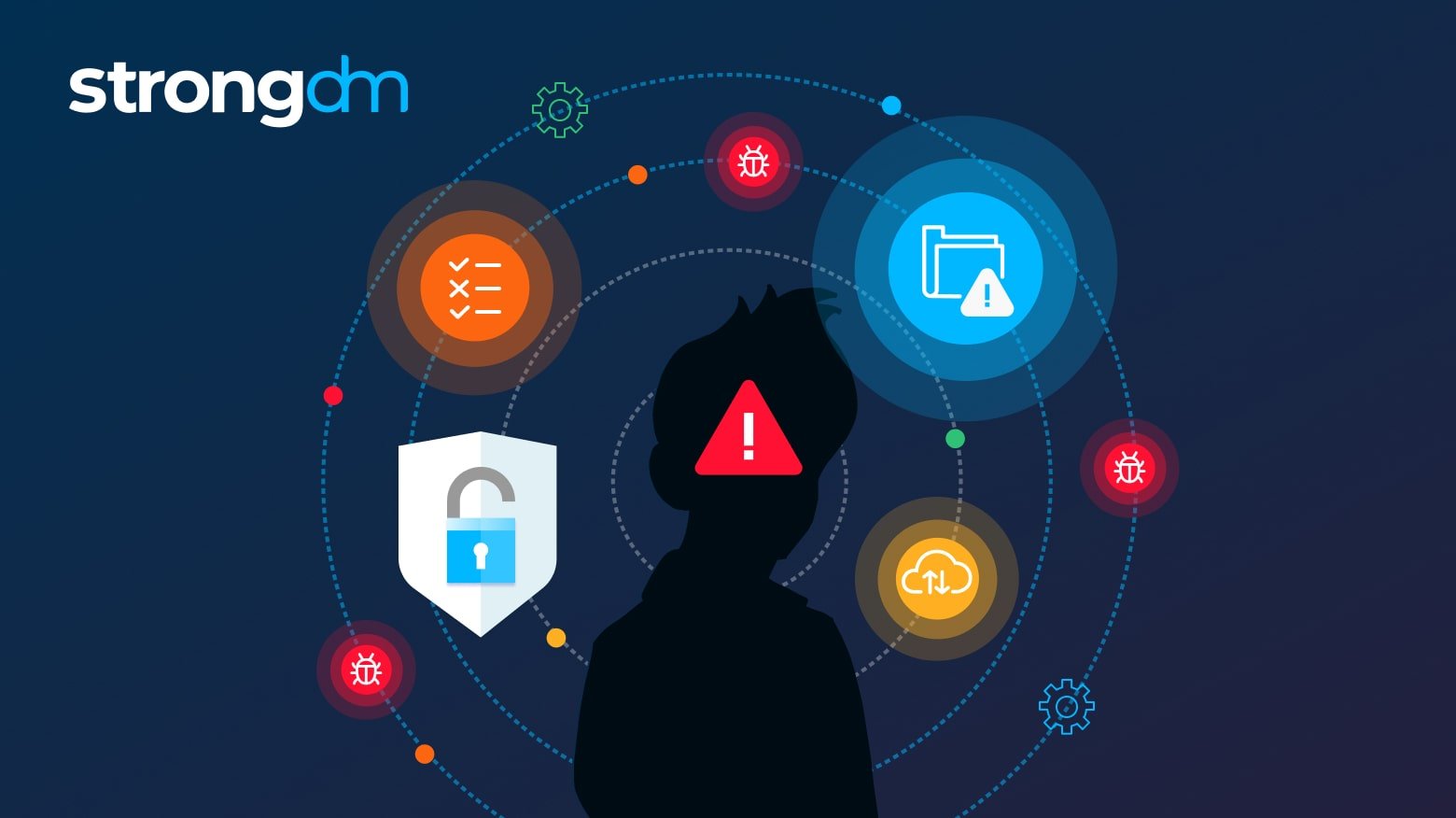
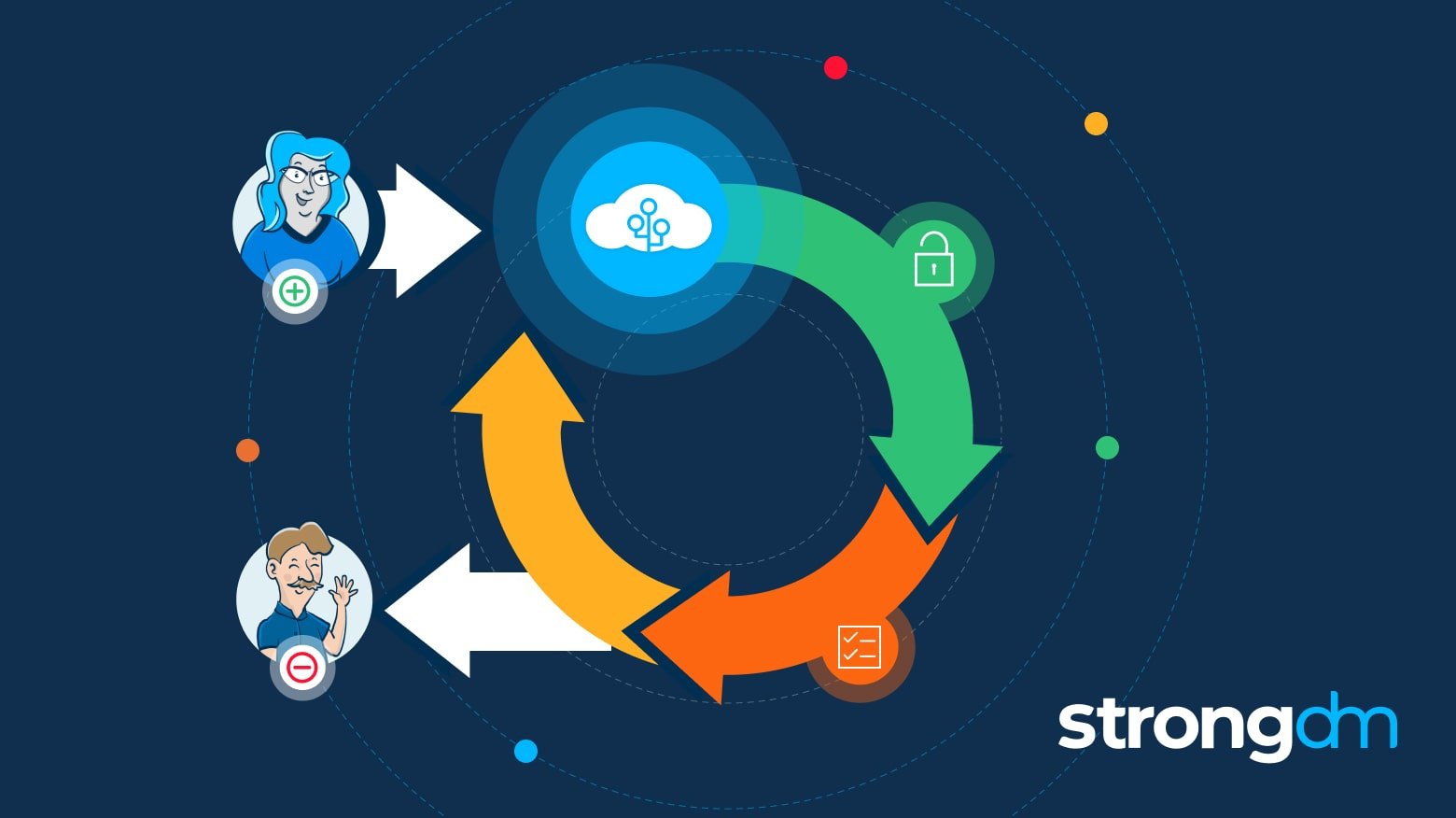



![Understanding ISO 27001 Controls [Guide to Annex A]](https://discover.strongdm.com/hubfs/iso-27001-controls.jpg)

